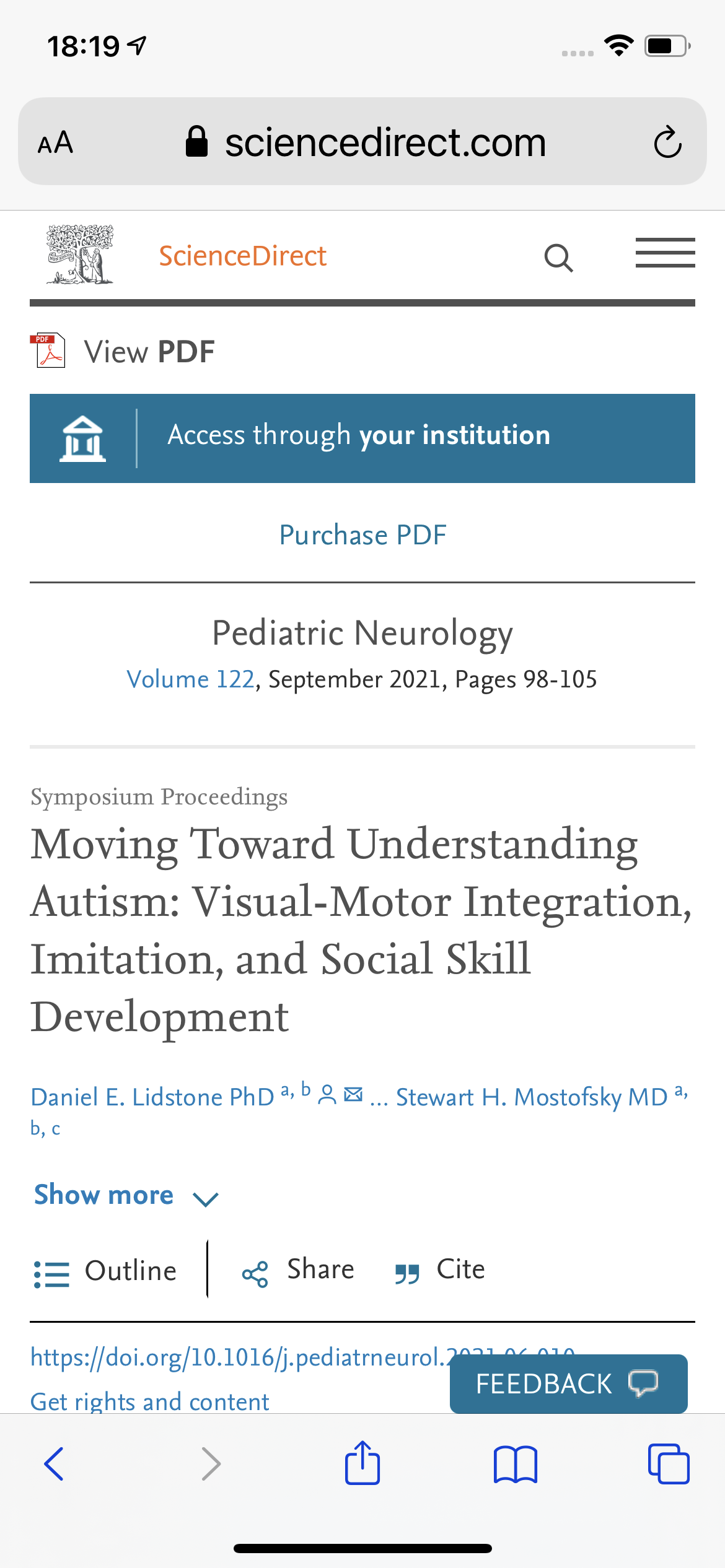
PANDAS and PANS Sensory Integration and Processing Difficulties
Sensory Systems:
Vestibular processing deficits, often low PRN
Poor postural control especially antigravity extension
Can slouch, slump – extension against gravity is tricky and tiring
Likes to move and not stop/fidgeting
Can have low levels of alertness when not moving
Scared of the dark without visual input to support spatial understanding
Altered spatial awareness
Poor grading of force
May appear ‘low toned’ – but normal Beighton Scale
Poor self-awareness – spatial; position in space and body awareness
ARFID and picky eating | often poor tactile registration and poor modulation
Super sensitive to some tastes
Altered temperature perception
Delayed cues re ill, nauseous, hungry, full or needing toilet
Hyper-responsivity to some textures and light touch eg certain fabrics/textures
May dislike light touch; skin, hair, tooth and nail care can be tricky
Dislike being touched or held when not on own terms
Slow or under-responsivity to pain,
Hyper-responsivity in far senses; smell, vision and hearing
The dyspraxic patterns seen can include;
Often bumping into things and people
Difficulty playing with manipulating tools and toys
Difficulty learning new/novel movement/motor skills
Fine motor co-ordination difficulties e.g., handwriting, bilateral co-ordination, poor tool use
Speech praxis difficulties include stutter, slurred words, poor pronunciation and timing
Ideation, planning and execution can all be affected.
Emotion Regulation
Rage
Anger
Irritability
Poor frustration tolerance
Difficulties with co and self-regulation
Poor self-awareness – emotional lability is common
Tearful one moment, raging the next 0-100 in 3 seconds
Executive Function
Poor processing speed
Multi-tasking is hard
Poor timing and sequencing
Poor concentration and focus
Slow to perform tasks
? observed difficulties with language processing
? observed difficulties with more complex and abstract problem solving that is age-appropriate
Fatigues easily and needs lots of reset time
May go ‘off legs’
Looks like have regressed
May need much parental encouragement and support
Lose resilience to trying new things
Low self-esteem
Older children
Self-loathing and disgust at self
Extreme fear and losing control of agency over the world
Awareness of personality change and burden on parents and siblings
[list developed by Kath Smith OT 2014 – 2021]
![ASI Wise & Sensory Project [Ayres Sensory Integration Education across Wales, Ireland, Scotland and England]](https://i0.wp.com/sensoryproject.plume.co.uk/wp-content/uploads/2018/04/cropped-Asi-wise_logo-01-1.jpg?fit=2362%2C2286&ssl=1)










You must be logged in to post a comment.